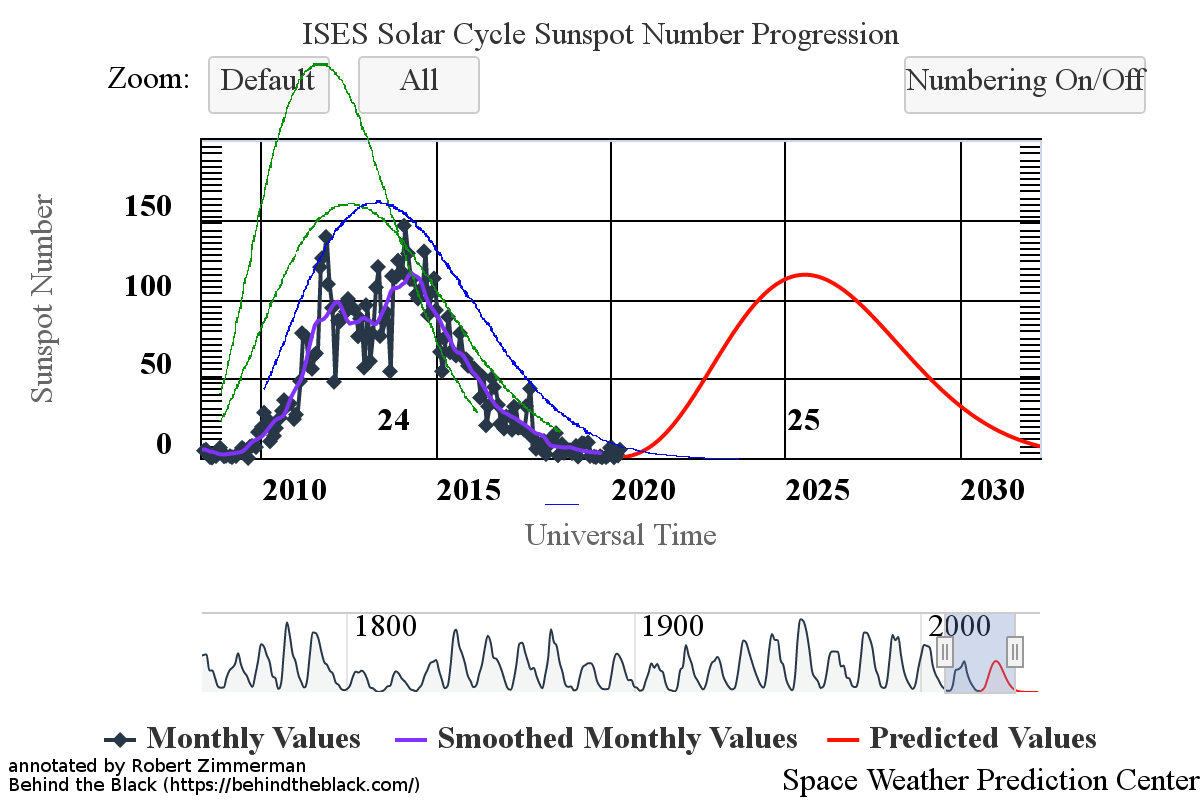Another scientist arrested for failing to disclose ties to China
The Trump administration today arrested another scientist, this time one who took money from the National Institutes of Health (NIH), for failing to disclose his ties to China.
Dr. Qing Wang, a former Cleveland Clinic Foundation (CCF) employee, is charged with false claims and wire fraud related to more than $3.6 million in grant funding that Dr. Wang and his research group received from the National Institutes of Health (NIH).
According to the criminal complaint, Dr. Wang knowingly failed to disclose to NIH that he had an affiliation with and held the position of Dean of the College of Life Sciences and Technology at the Huazhong University of Science and Technology (HUST) and received grant funds from the National Natural Science Foundation of China (CNSF) for some of the same scientific research funded by the NIH grant. As a result, Dr. Wang’s false representations and promises led NIH to approve and fund grants to Dr. Wang and his research group at CCF.
It is also alleged that Dr. Wang participated in the Thousand Talents Program, a program established by the Chinese government to recruit individuals with access to or knowledge of foreign technology and intellectual property. As a result of his admission into the TTP, China provided $3 million in research support to enhance the facilities and operations at HUST. Dr. Wang received free travel and lodging for his trips to China, to include a three-bedroom apartment on campus for his personal use. This also occurred at the time Dr. Wang was receiving NIH grant funds yet failed to disclose this affiliation to the NIH.
This is the second arrested this week, and the fourth in the past three months.
The Trump administration today arrested another scientist, this time one who took money from the National Institutes of Health (NIH), for failing to disclose his ties to China.
Dr. Qing Wang, a former Cleveland Clinic Foundation (CCF) employee, is charged with false claims and wire fraud related to more than $3.6 million in grant funding that Dr. Wang and his research group received from the National Institutes of Health (NIH).
According to the criminal complaint, Dr. Wang knowingly failed to disclose to NIH that he had an affiliation with and held the position of Dean of the College of Life Sciences and Technology at the Huazhong University of Science and Technology (HUST) and received grant funds from the National Natural Science Foundation of China (CNSF) for some of the same scientific research funded by the NIH grant. As a result, Dr. Wang’s false representations and promises led NIH to approve and fund grants to Dr. Wang and his research group at CCF.
It is also alleged that Dr. Wang participated in the Thousand Talents Program, a program established by the Chinese government to recruit individuals with access to or knowledge of foreign technology and intellectual property. As a result of his admission into the TTP, China provided $3 million in research support to enhance the facilities and operations at HUST. Dr. Wang received free travel and lodging for his trips to China, to include a three-bedroom apartment on campus for his personal use. This also occurred at the time Dr. Wang was receiving NIH grant funds yet failed to disclose this affiliation to the NIH.
This is the second arrested this week, and the fourth in the past three months.

